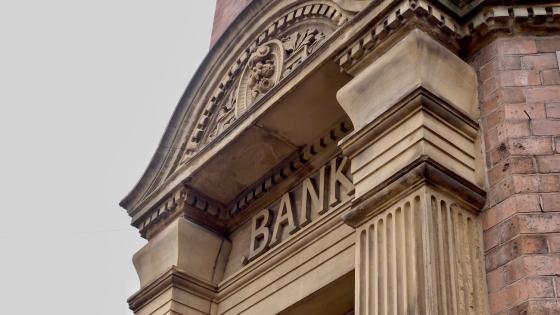DP106 The Determinants of the Money Multiplier in the United Kingdom
We use annual data drawn from 1950-85 to estimate an econometric model of the money multiplier for the United Kingdom. We define the money multiplier as ratio of the money stock broadly defined (M3) and the monetary base (M0), and then decompose the multiplier into the currency ratio, the time deposit ratio and the reserve ratio. We find that the multiplier has been increased by institutional changes. These have arisen as banks have been deregulated and as they have competed for sight deposits by offering interest-bearing accounts. We find that the multiplier increases as interest rates rise because the demand for cash and the demand for bank reserves fall. The money multiplier also varies directly with the level of economic activity. An increase in the demand for money would therefore lead to an increase in the money supply, assuming that the monetary base (M0) is unchanged.


